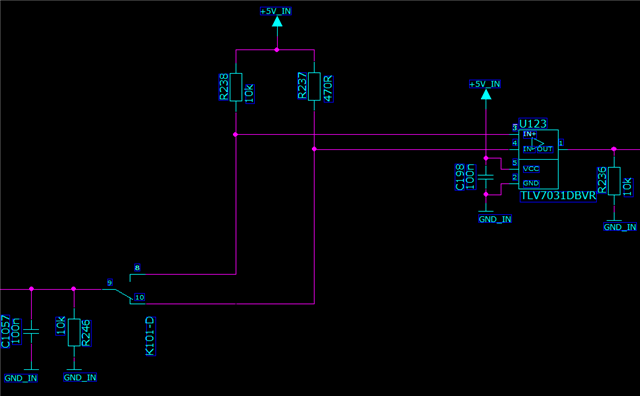I have a pull up of 10k Ohm at the positive input pin and a pull up of 470 Ohms at - negative input pin. I am using only +5V power supply. I am getting low ( zero volts) at the output. Is it possible that the output becomes high for these pull ups with a different TLV7031 or with a different temperature? Is it safe to use these pull up values to always get a low at the output for 0°C to 100°C and for all the manufactured boards.
-
Ask a related question
What is a related question?A related question is a question created from another question. When the related question is created, it will be automatically linked to the original question.


